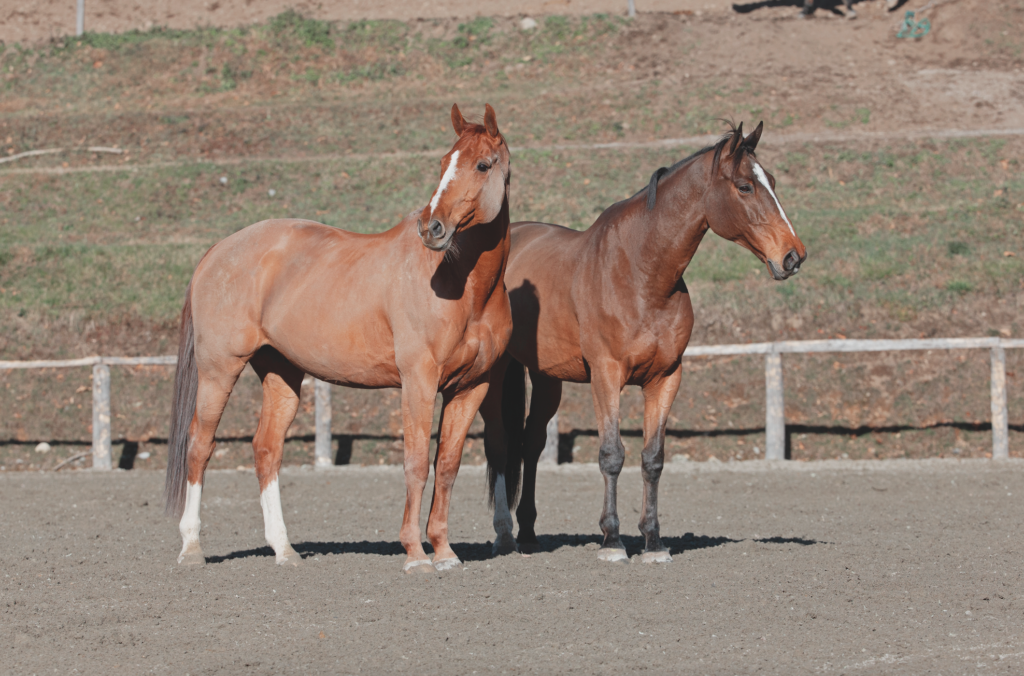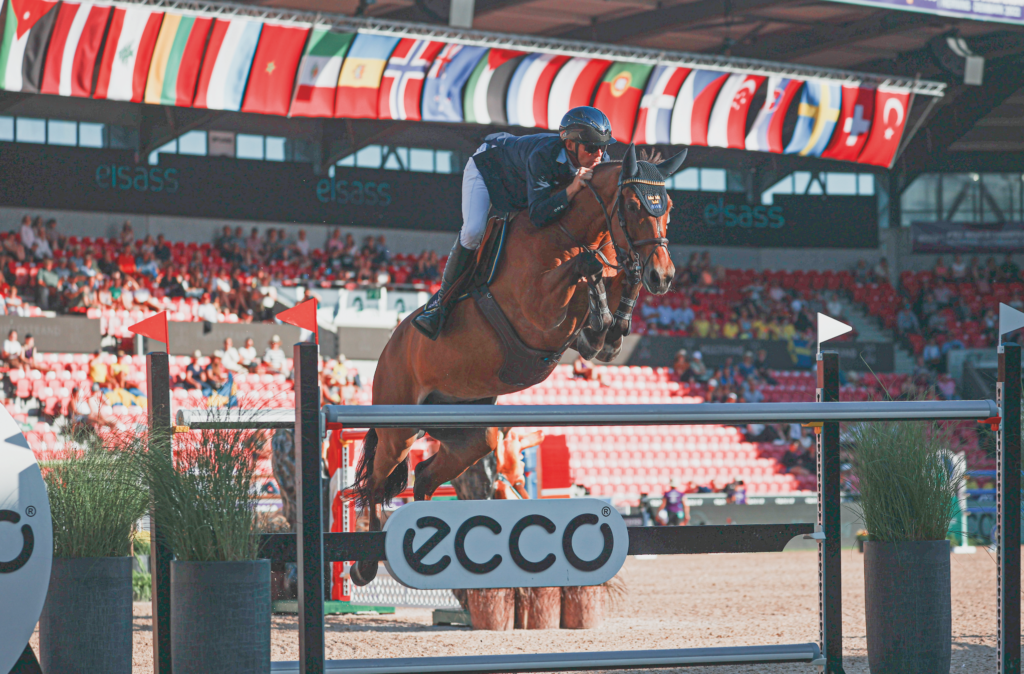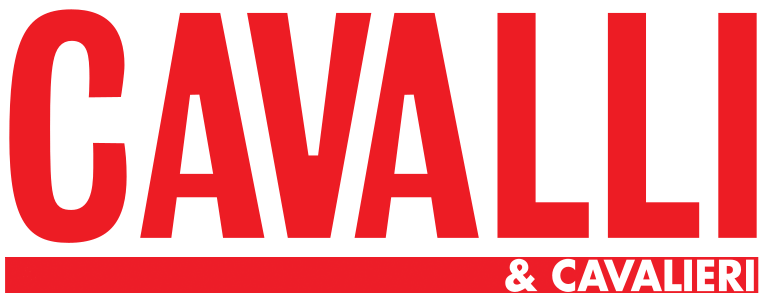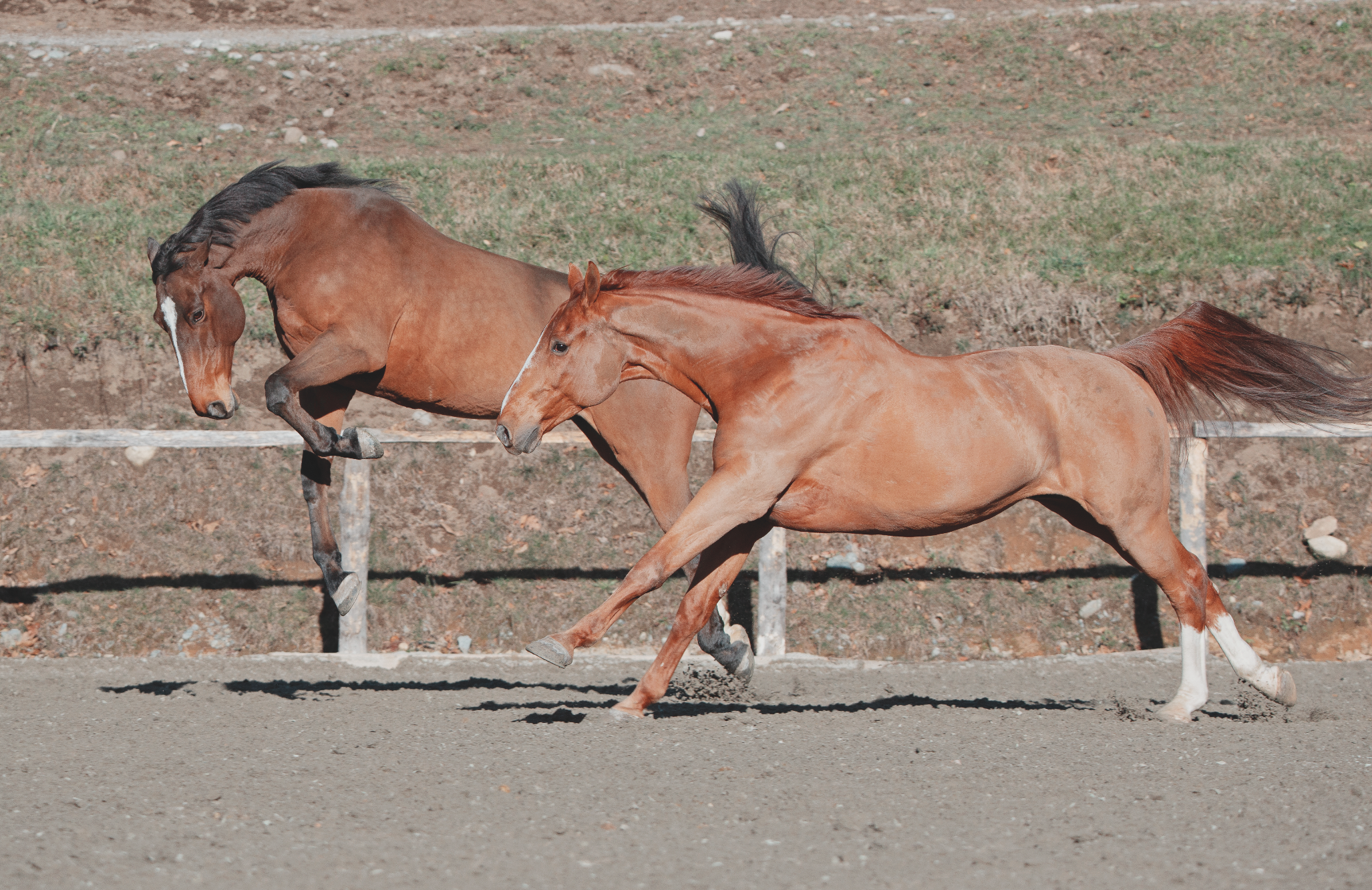Barefoot
Everything there is to know about barefoot horses. The following articles contain the opinion of our experts
Emanuela Valle, veterinarian Forage, Freedom and Friends’
It seems a little strange to be barefoot on top of the world. Juxtaposing two sharply contrasting concepts leaves us astonished and intrigued, also because not showing horses is often associated to the natural management of horses used for hacking or otherwise engaged in non-competitive activities.
Horseshoes have always been used as hoof protection. They protect the hoof from friction and wear and are often used for corrective and protective purposes. In fact, there are numerous shoeing devices that help horses experiencing orthopaedic problems.
t only takes small changes in the trimming or especially shaped shoes to support the foot and consequently the limb, by varying the elevation or stance. In this way, shoeing acts just like orthopaedic shoes do for human beings and helps maintain the correct support and detachment of the foot during athletic movements.
Choosing appropriate trimming techniques
Horses can now, in certain cases, compete barefoot thanks to modern surfaces in show jumping arenas and progress made in trimming techniques. Changing over to competing barefoot requires a transition period involving their hooves adaptation to this. It is unthinkable to simply remove the shoes from a horse and then be able to manage and ride it without a transition phase. During this period the horses’ hooves adapt to a new condition and the sensitive and mechanical parts learn about and become accustomed to being barefoot. It is also exactly what happens when a young horse is shod for the first time, but in the case the process is the opposite.

Choosing barefoot can basically be considered in two cases.
01. When there is the need for the hoof to reacquire its correct shape and stimulate growth of healthy and strong horn tissue. In this case the veterinary surgeon will advise the removal of the horse’s shoes but since the hooves are unwell and distorted the horse will have to be put out to grass and in any case only be ridden for very short periods of time on suitable ground for many months until new and healthy growth is completed or sufficient.
02. If instead one really wishes to compete with a barefoot horse one must start from healthy hooves. In this case too, the hooves will experience a transition phase the duration of which depends on the strength of the horse’s feet with a healthy inner and outer wall and sole as well as correct conformation. This phase takes time and, having removed the shoes, the horse is watched carefully. In order to manage the horse’s training one must choose the moment at which the hooves are fit to deal with this change. An unshod hoof changes and prepares to carry weight in a different manner but requires help in order to do this. A number of precautions require that the horse be rested or only ridden briefly for a few days and put out in a paddock where it is possible to watch it carefully as well as paying attention to the type of ground it walks on. Particular attention must be paid to areas the horse walks over and hence the footing on which its walks. For example this means rubber flooring in the stables, having paddocks or grassy and soft ground are very helpful during this transition phase. If the flooring in our stables is not appropriate, or even worse if the areas our horse walks on are uneven or there are stones, we will certainly be making this transition phase more difficult and unsuitable. It is not possible to establish exactly how long this transition phase will last, but horses usually react in a positive manner in less than 8 weeks. So as to facilitate the transition process, in some cases some vets and farriers advise protecting the foot with special resins.
‘The heart’ of a horse’s foot
While on one hand having a barefoot horse requires attentive and precise care in managing the horse’s hooves, on the other it involves a number of advantages. First of all it helps ‘the heart’ of the horse’s foot. There is a system inside a horse’s hoof that works like the cardiac pump and is activated by the frog. It is a widening and narrowing mechanism that is repeated at every stride and at all paces.
When the hoof rests on the ground, it expands especially in the heel area, while in the take-off and lifting phase it narrows. This allows the hoof to act as a shock absorber by cushioning the impact with the ground, but it also stimulates the blood flow in the hooves and its return to the heart.
Choosing ‘barefoot’ requires some reflection
It is true that there are some horses that are very sensitive to shoeing and that may do better barefoot, especially on modern arena footing in synthetic material. However, if we do not manage the transition process and the hoof’s strengthening in the best possible way, it simply will not happen. Horses in fact do not only move in arenas but also from one area to another or very abrasive ground such as treadmill.
If the hooves are worn down excessively they will of course become sensitive and need protection. So managing a barefoot horse does not mean saving money on shoeing but instead involves constant, patient and meticulous observation of the hooves’ growth.
Choosing barefoot also depends on the genetics and development of the horse’s hooves and management in terms of diet, training and health.

So not all horse can be ridden barefoot and one needs to understand whether one’s horse can be barefoot, during which part of the sports season and for how long, as well as whether this is brings advantages to its welfare. Barefoot is neither a fashion or a mania, but must guarantee the horse’s welfare.
Read more about Barefoot in the feature articles:
Silvia Torresani – The Swedish show jumping team
Luca Moneta – International rider | ‘I started twenty years ago. A lifelong quest’
Sebastiano Piazza – Trimmer | Knowledge is needed before taking action




